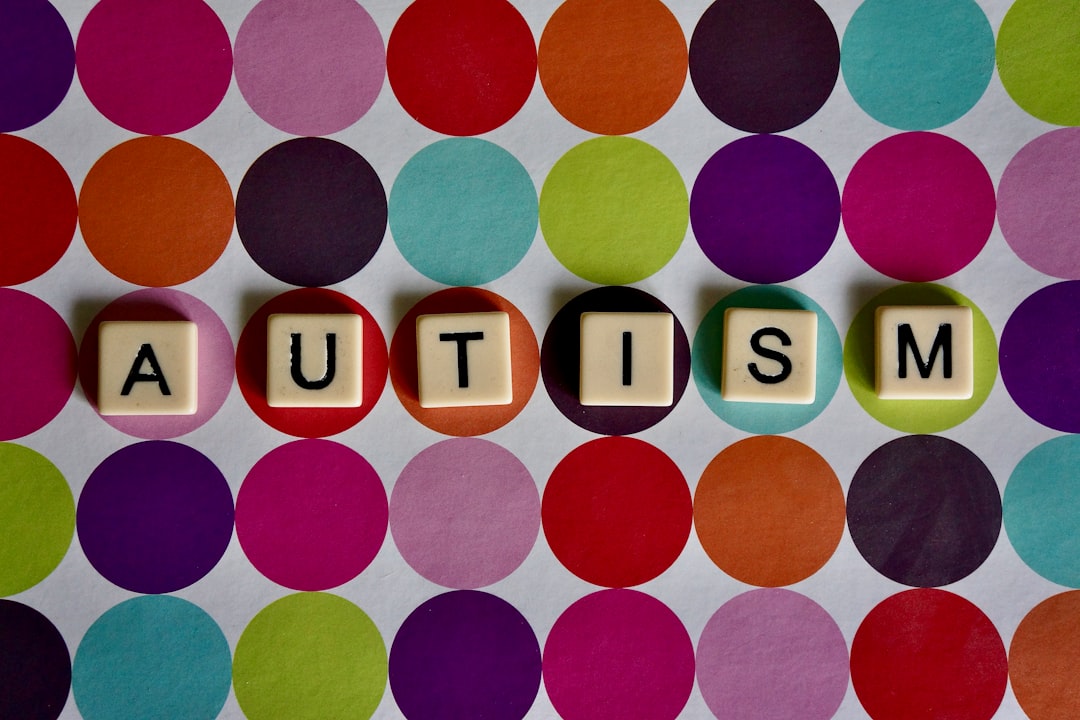For many individuals, autism spectrum disorder is diagnosed during early childhood, allowing for early interventions and support systems to be put in place. However, an increasing number of adults are now being diagnosed much later in life. This phenomenon, known as late diagnostic autism, is reshaping how we understand neurodiversity and the varied ways autism can present across the lifespan.
Adults who receive an autism diagnosis later in life often describe a sense of clarity and relief. Many have spent years struggling with social interactions, sensory sensitivities, or rigid routines without understanding why. For some, these challenges were misattributed to anxiety, depression, or personality traits. A delayed diagnosis can mean years of feeling misunderstood or out of place, often leading to mental health challenges and strained relationships.
One of the reasons autism can go undetected for so long is due to the subtlety or masking of symptoms. Masking refers to the conscious or unconscious suppression of behaviors typically associated with autism, such as avoiding eye contact or repetitive movements. This coping mechanism is particularly common among women and gender-diverse individuals, contributing to a diagnostic gap. As awareness grows, more clinicians are recognizing how autism may present differently in adults, prompting more thorough evaluations for those who were previously overlooked.
Recognizing the signs of autism in adulthood requires a nuanced approach. Adults may demonstrate intense focus on specific interests, have difficulty understanding social cues, or experience heightened sensitivity to sensory input. Understanding and identifying these patterns can lead to a formal diagnosis, which can be life-changing. An accurate diagnosis allows individuals to seek appropriate support, accommodations, and therapeutic resources that can significantly improve their quality of life. For those exploring this path, professional late diagnosic autism evaluations can be a valuable first step.
The journey to a late autism diagnosis often involves self-reflection, reading personal accounts, and discussing concerns with a medical or psychological professional. It can also be helpful to connect with others who have had similar experiences. Community support and shared stories can validate personal feelings and reduce the sense of isolation that often accompanies a late diagnosis.
Therapeutic approaches tailored to adults on the spectrum focus on building social communication skills, managing sensory sensitivities, and addressing any co-occurring mental health conditions. Additionally, understanding one’s neurodivergent identity can empower individuals to navigate work, relationships, and daily life with greater confidence. The acceptance of neurodiversity in workplaces and social settings is also playing a key role in supporting those diagnosed later in life.
While a late autism diagnosis can bring up complex emotions, it ultimately opens the door to self-understanding and growth. It is never too late to explore this path, especially when the right resources and support are available. For those seeking guidance on this journey or looking to learn more about autism-related services, comprehensive wellness support can be a helpful resource.
By continuing to raise awareness and improve diagnostic practices, society can better support individuals who discover their neurodivergence later in life. With compassion and informed care, those with late diagnostic autism can thrive and find a sense of belonging that may have previously felt out of reach.






